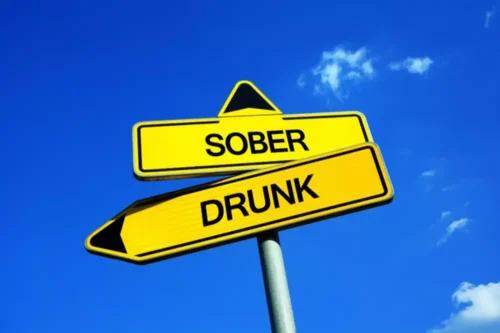
The withdrawal/negative affect stage comprises acute and post-acute withdrawal phenomenology. One adaption arises from within the reward system, where chronic exposure to a reward decreases dopaminergic tone in the NAcc. In addition, the glutaminergic-gabaergic balance in the reward system shifts toward one of increased glutaminergic tone and lessened gabaergic tone. This in-system adaptation leads to diminished euphoria from the reward, reduced tolerance for stress, and increased feelings of agitation while simultaneously decreasing the effects of natural rewards like sex and food. The decreased effects of natural rewards translate to decreased satisfaction in interpersonal relationships at work and home. Given its chronic and relapsing nature, addiction often requires a multi-faceted treatment approach.
Health Reporting in the States
Lembke warns that you’ll probably feel a lot worse before you start feeling better. But she says to stick with it – after about two weeks, the pleasure-pain see-saw in your brain will start to restore to its natural balance and you’ll be able to enjoy more modest rewards, like just one scoop of ice cream or just one episode of a TV show. Ultimately, Lembke says, this is a universal problem – not one limited to those of us struggling with the disease of addiction – that has come with living in modern life. And to restore our sanity, collectively we must rethink how to navigate a dopamine overloaded world. This activity provides 0.75 CME/CE credits for physicians, physician assistants, nurses, pharmacists, and psychologists, as well as other healthcare professionals whose licensing boards accept APA or AMA credits.
Continued Use / Abuse
- Currently, the cost of addiction to illicit drugs in the United States is more than 600 billion dollars a year (National Institute on Drug Abuse, 2015), with profound social and economic impacts.
- Synthetic cannabinoids, sometimes referred to as “K2”, “Spice”, or “herbal incense,” somewhat mimic the effects of marijuana but are often much more powerful.
- It can happen through something as common as starting a new prescription drug to manage pain, through peer pressure to try an illicit drug, or even celebrating one’s twenty-first birthday with an alcoholic beverage.
- This first substance use may be all it takes for someone to develop an addiction.
- Drug addiction relapse only happens after an individual has sought treatment and is already recovering from the addiction, while active drug addiction is the result of all the earlier stages, including experimentation, drug abuse, and tolerance.
The signature of this phase is a preoccupation with using the substance, known as “cravings.” The prefrontal cortex (PFC) is the brain region primarily involved in the preoccupation/anticipation stage. The PFC is responsible for executive functioning, including the ability to plan events, manage tasks, and regulate thoughts, emotions, and impulses. Executive function is directly involved in the decision to use substances and can occasionally override strong urges to use a substance. The brain has a buffer for the “anti-reward” system, which includes cannabinoid, nociceptive, and neuropeptide Y neurotransmission.[14][15][16][17] Adjustments in this buffering system may also lead to an increased propensity for addiction.
National Institute on Alcohol Abuse and Alcoholism (NIAAA)
- Educate yourself about addiction, offer compassion without enabling, and encourage professional help when needed.
- People can become complacent at this point, and they may begin to think that a small lapse will make no real difference.
- According to the National Institute on Drug Abuse (NIDA) and corroborated by the 2009 World Health Organization study on withdrawal management, withdrawal symptoms can vary significantly depending on the substance used, the level of dependency, and the duration of drug use.
- But she says to stick with it – after about two weeks, the pleasure-pain see-saw in your brain will start to restore to its natural balance and you’ll be able to enjoy more modest rewards, like just one scoop of ice cream or just one episode of a TV show.
Dependence on substances can also be influenced by genetic factors, which, under certain internal and external conditions, can activate after exposure to addictive agents. Studies have identified that heightened stress reactivity, such as increased cortisol responses, may predispose individuals to mood disorders and substance cycle of addiction use disorders, particularly alcohol use disorder (AUD). Most drugs affect the brain’s “reward circuit,” causing euphoria as well as flooding it with the chemical messenger dopamine. A properly functioning reward system motivates a person to repeat behaviors needed to thrive, such as eating and spending time with loved ones.
Adolescence, Brain Change, and Vulnerability to Substance Use Disorders
Unfortunately, relapse can occur during the action or maintenance stage, which means the addict or alcoholic again enters the https://ecosoberhouse.com/. In general, experiencing 2-3 of these symptoms is considered a mild substance use disorder. If the person is experiencing 6 or more of the symptoms, it is considered to indicate a severe substance use disorder, or addiction.

Preoccupation/Anticipation Stage: Prefrontal Cortex

Binge/Intoxication Stage: Basal Ganglia

